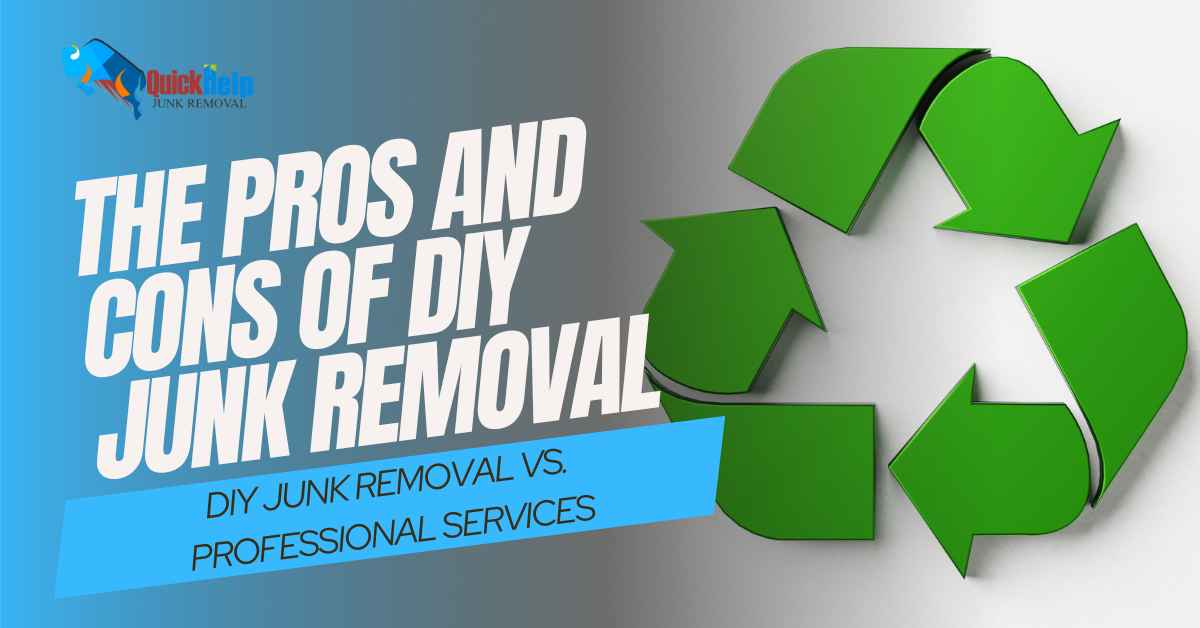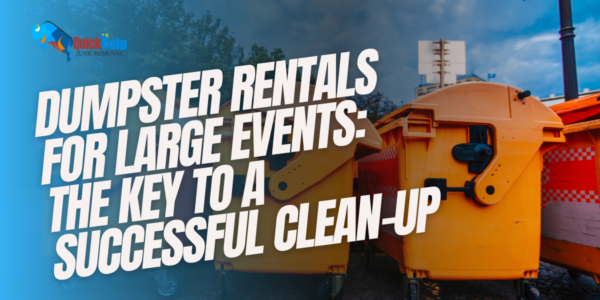Pros and Cons of DIY Junk Removal
Pros and Cons of DIY Junk Removal. Junk removal is a common task for homeowners and businesses looking to declutter their spaces and dispose of unwanted items. When faced with the decision of how to handle junk removal, one option is to tackle the task yourself, also known as DIY junk removal. While DIY junk removal offers certain advantages, it also comes with its share of challenges. In this comprehensive article, we will explore the pros and cons of DIY junk removal, helping you make an informed decision about the best approach for your waste management needs.
Pros of DIY Junk Removal
1. Cost Savings: One of the main reasons people opt for DIY junk removal is cost savings. By handling the task themselves, individuals can avoid the expenses associated with hiring a professional junk removal company.
2. Convenience: For smaller decluttering projects or when disposing of a few items, DIY junk removal can be convenient. It allows you to handle the task at your own pace and on your schedule.
3. Personalization: DIY junk removal gives you the freedom to decide which items to keep, donate, or discard. This personalization can be meaningful, especially when clearing out sentimental belongings.
4. Environmental Consciousness: When you handle the waste yourself, you have more control over recycling and responsible disposal. You can make environmentally conscious choices and ensure that recyclable materials are properly separated.
Cons of DIY Junk Removal
1. Time and Effort: Junk removal can be time-consuming and physically demanding. Sorting, lifting heavy items, and multiple trips to disposal facilities can be exhausting, especially for larger projects.
2. Safety Risks: Removing bulky and heavy items without proper equipment and training can lead to injuries. Improper lifting and handling of debris can result in strains, sprains, and even more serious accidents.
3. Disposal Challenges: Different types of waste may require separate disposal methods. Without proper knowledge, you may unknowingly contribute to environmental pollution by disposing of hazardous materials improperly.
4. Limited Capacity: DIY junk removal often means relying on personal vehicles to transport waste. This can lead to limitations on the amount of junk that can be removed at once and may require multiple trips to disposal facilities.
Considerations for DIY Junk Removal
1. Project Size: Assess the size of your junk removal project. Smaller tasks with limited waste may be manageable for DIY removal, while larger projects may benefit from professional assistance.
2. Safety Precautions: Take safety seriously. Use proper lifting techniques, wear protective gear, and be cautious when handling heavy or hazardous items.
3. Sorting and Recycling: Plan ahead for proper sorting and recycling of materials. Research local recycling facilities and disposal guidelines to ensure responsible waste management.
4. Time and Commitment: Consider the time and effort required for DIY junk removal. If you have a busy schedule or limited physical capabilities, it may be more practical to hire a professional junk removal company.
Conclusion
DIY junk removal offers cost savings, convenience, and personalization, making it an attractive option for smaller projects. However, it comes with safety risks, time constraints, and disposal challenges that should not be overlooked. When deciding on DIY junk removal or hiring a professional company, carefully assess the size and complexity of your project, your physical capabilities, and the need for proper waste disposal. For larger projects or when faced with hazardous materials, seeking the expertise of a junk removal company ensures efficient and safe waste removal, allowing you to focus on other priorities. Whether you choose to take on the task yourself or seek professional assistance, responsible waste management is essential for creating clean, clutter-free spaces and contributing to a greener, more sustainable environment.




